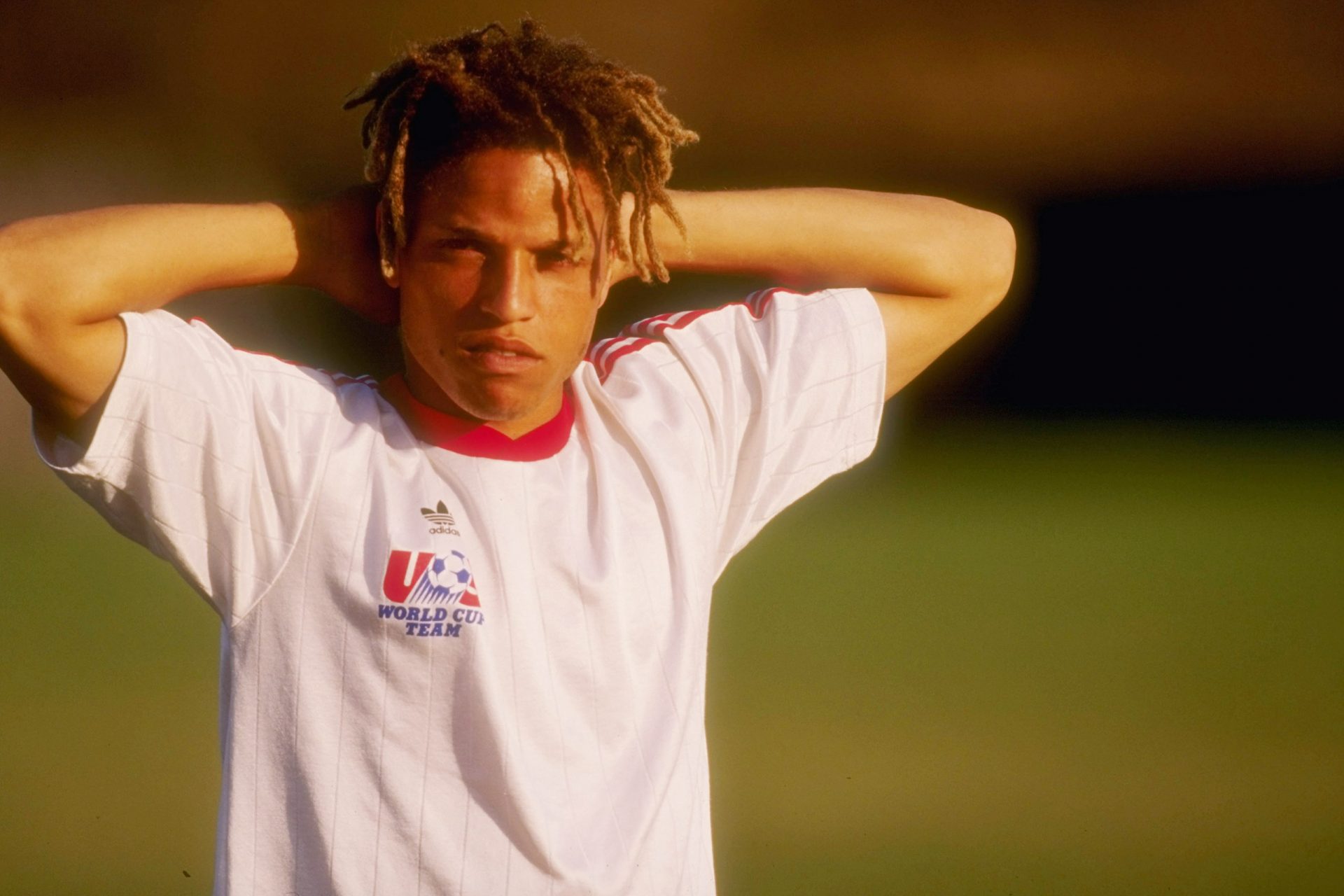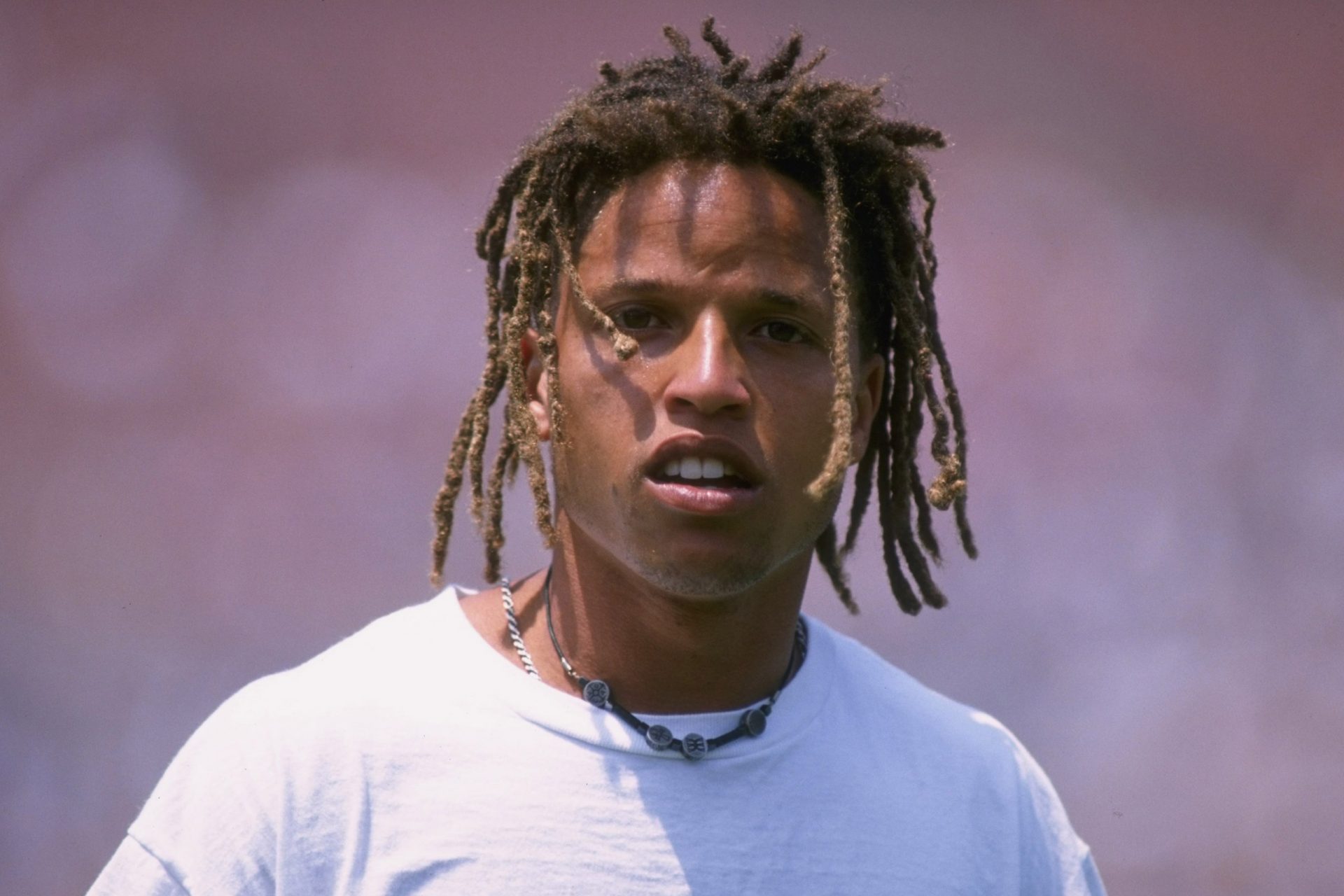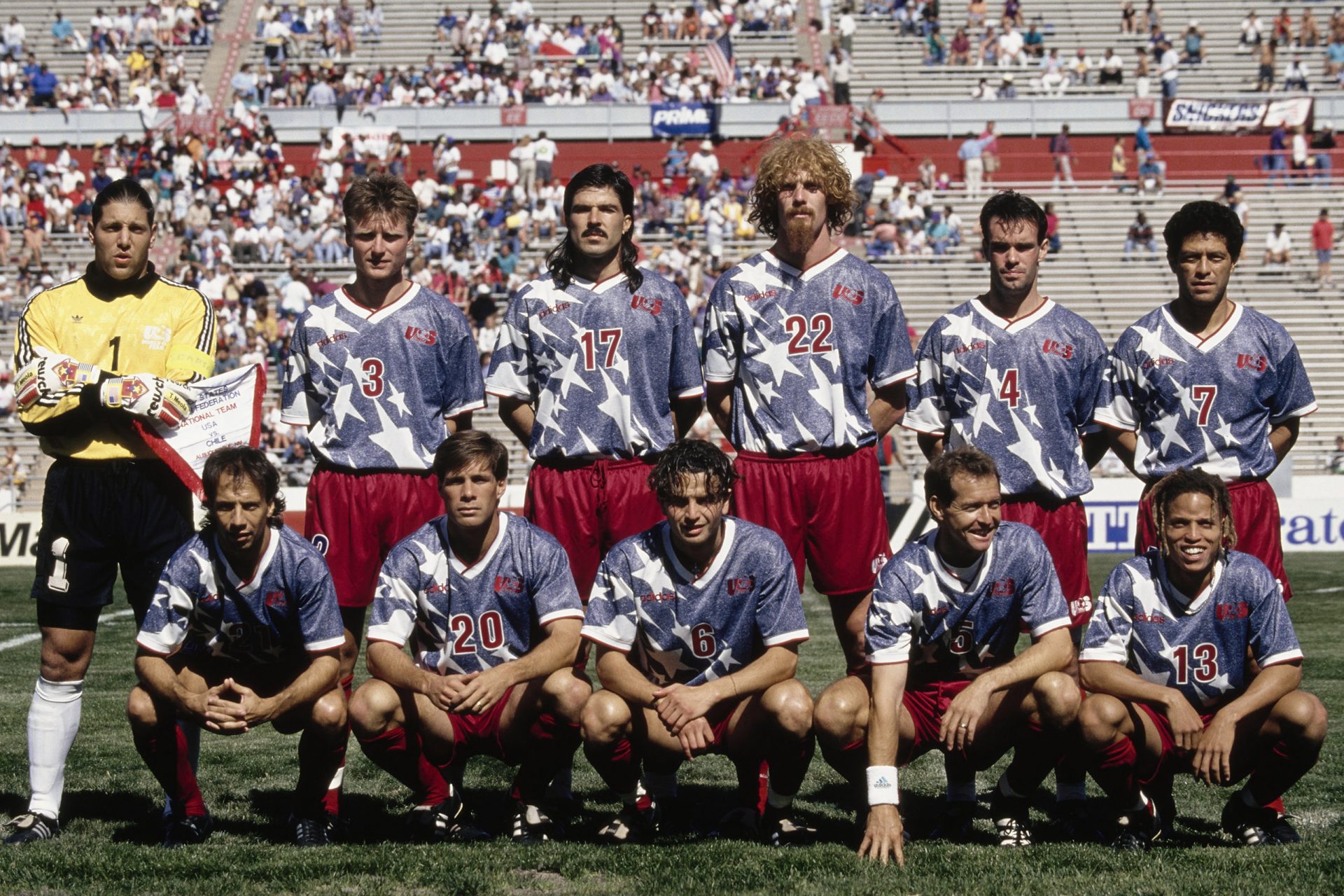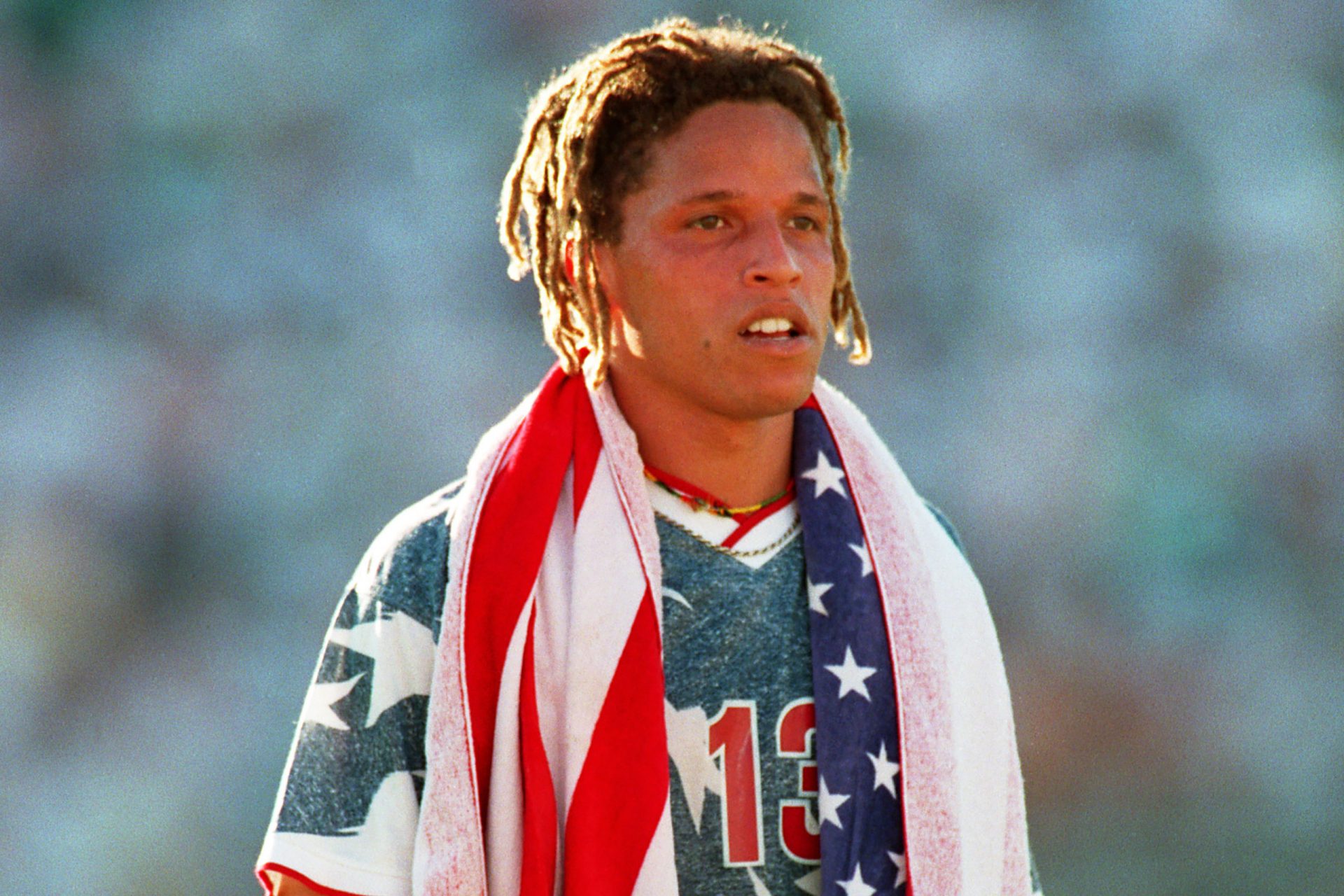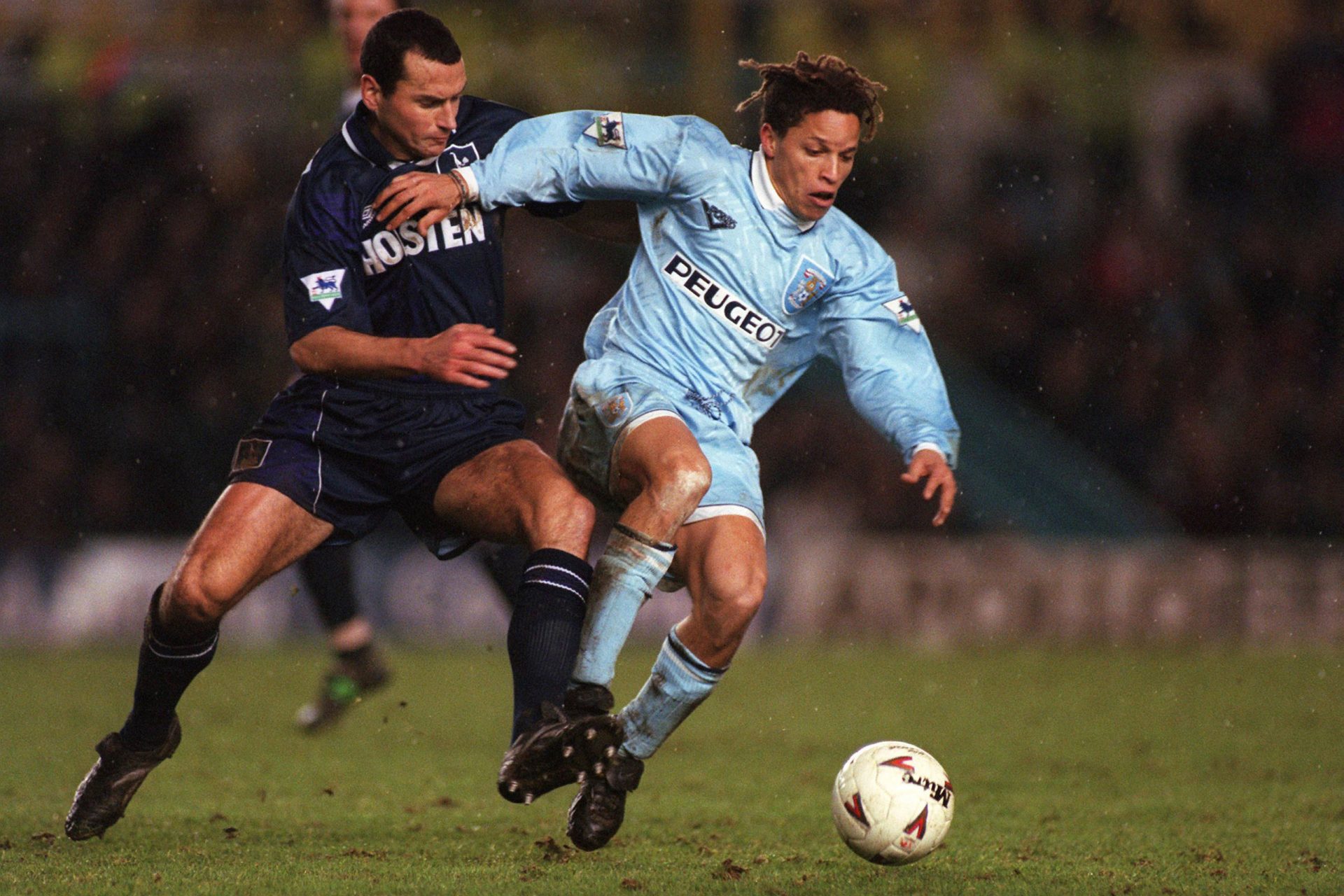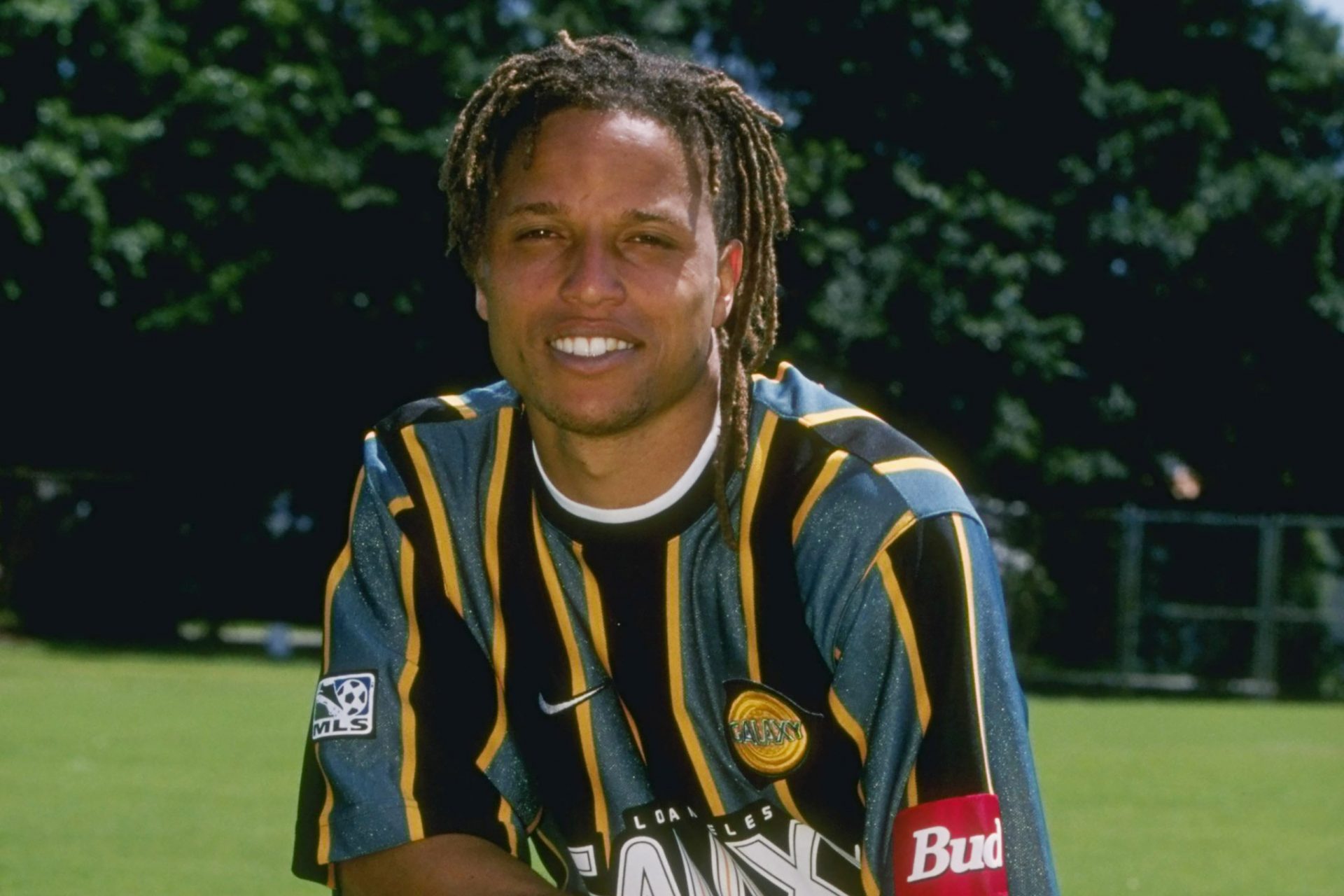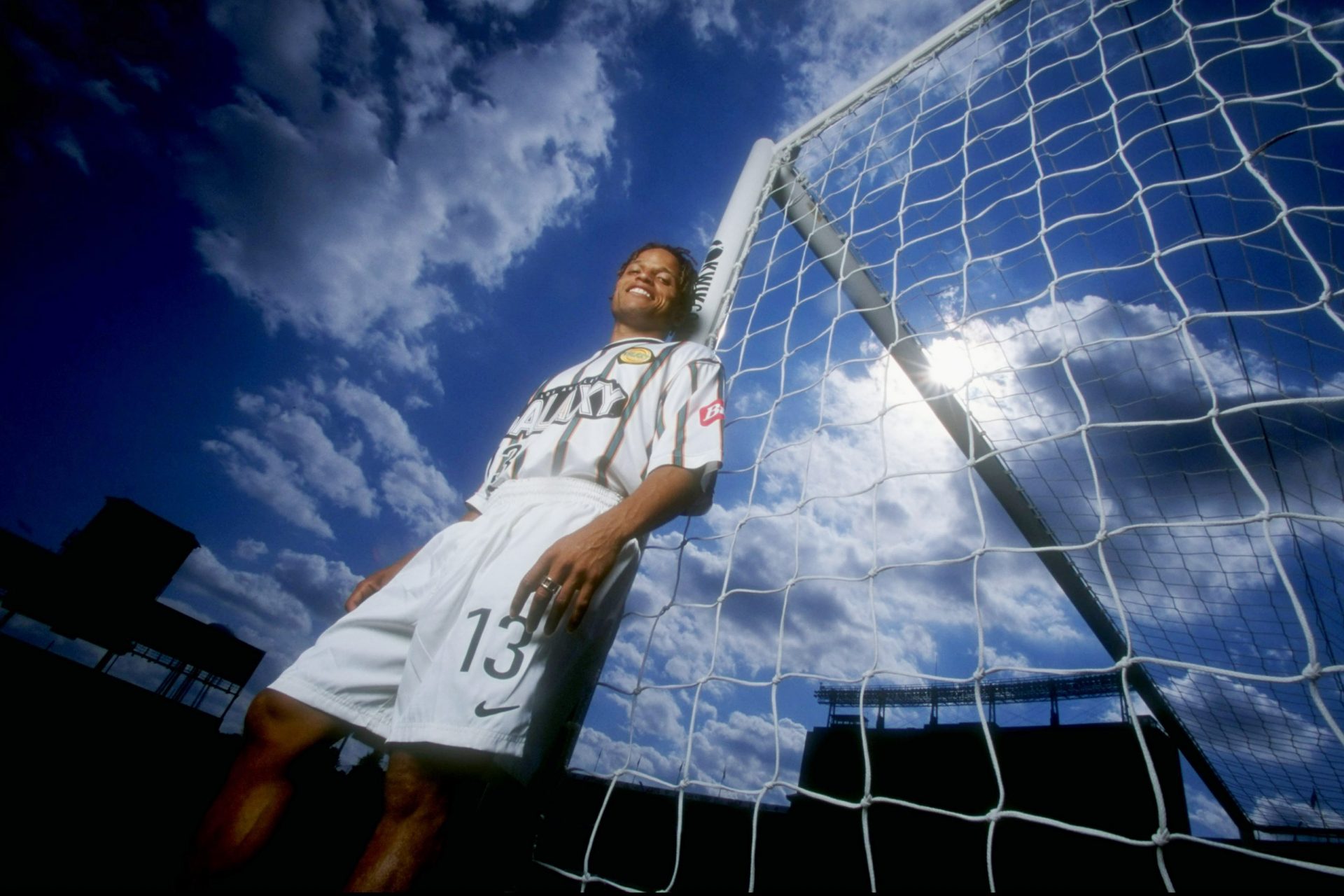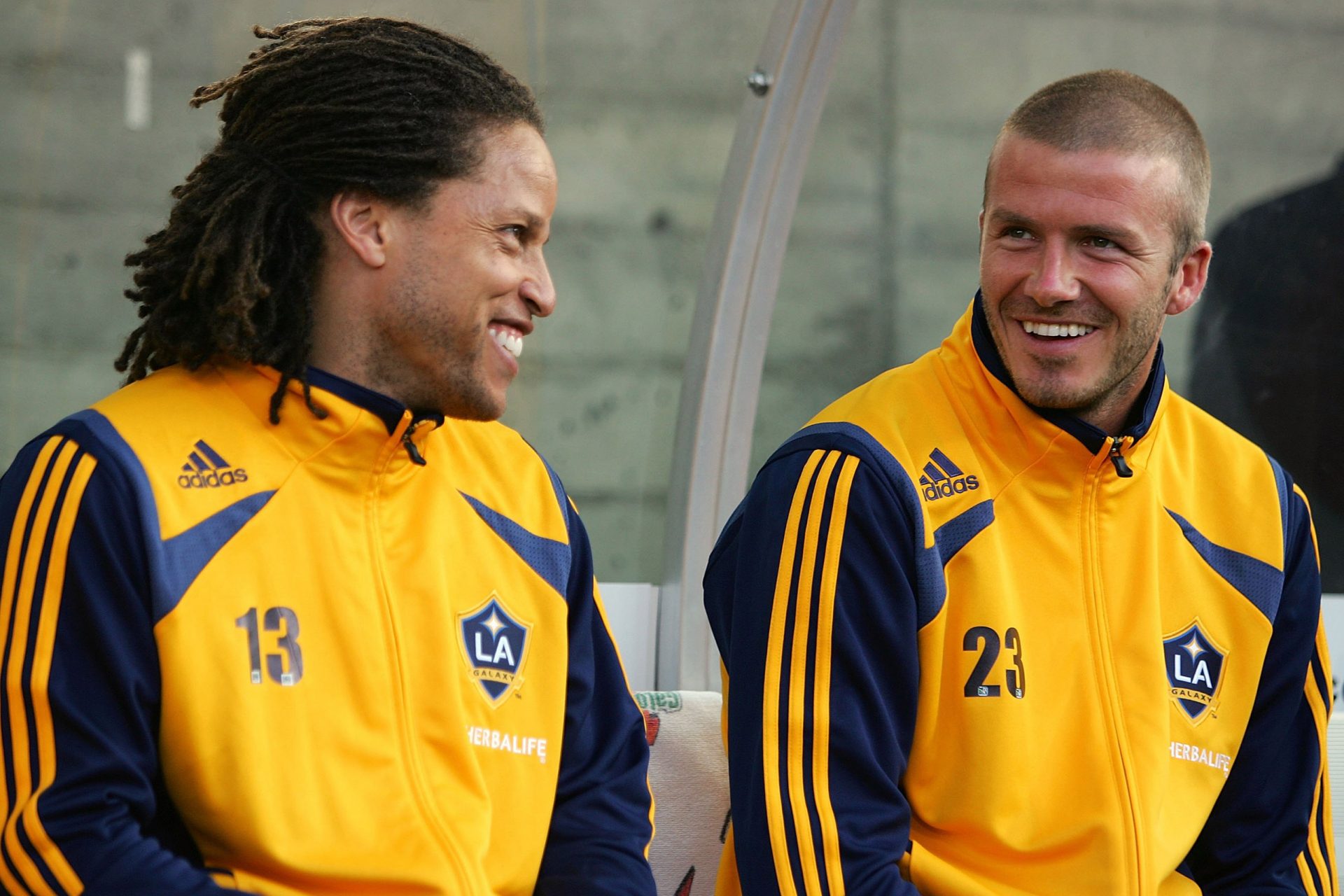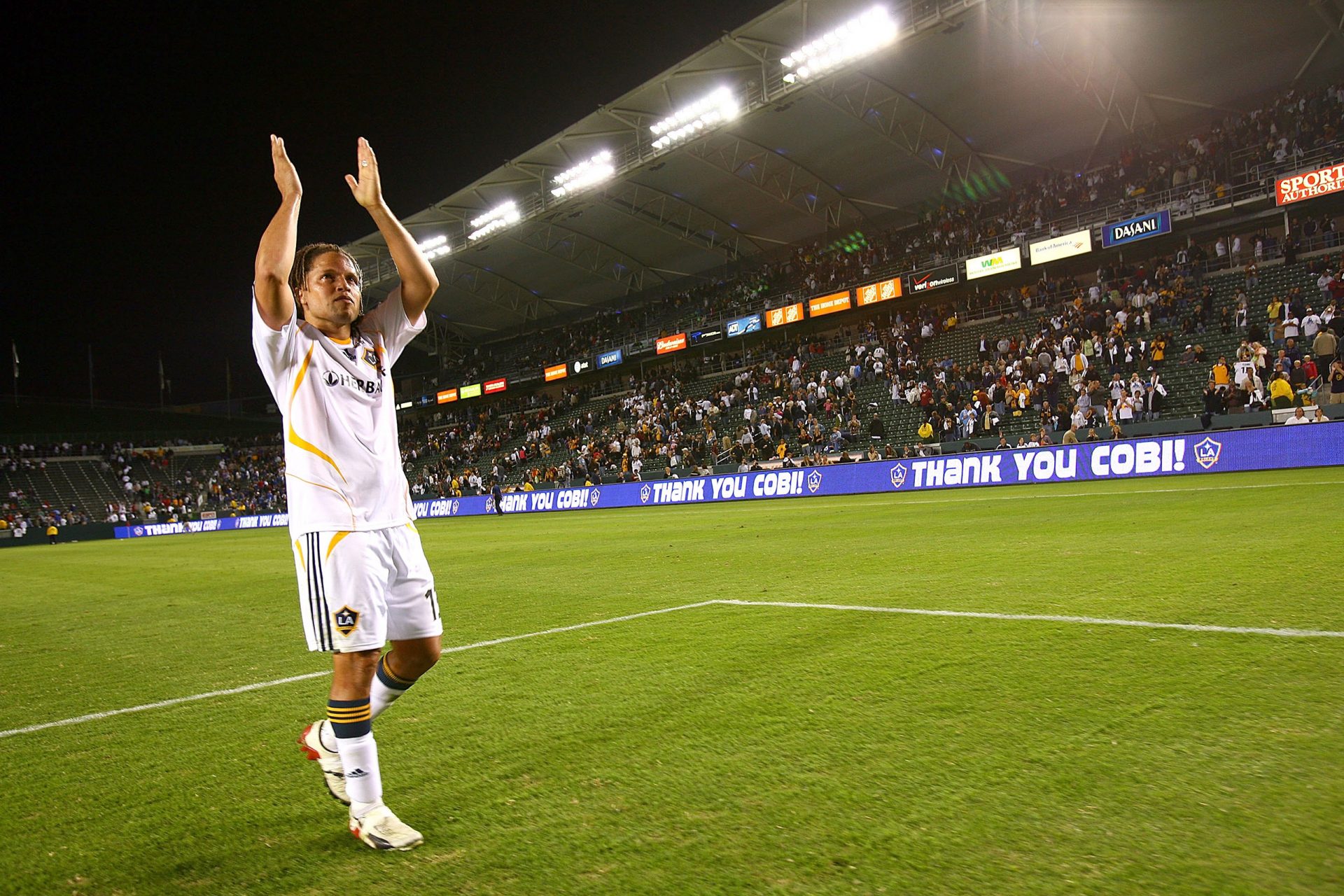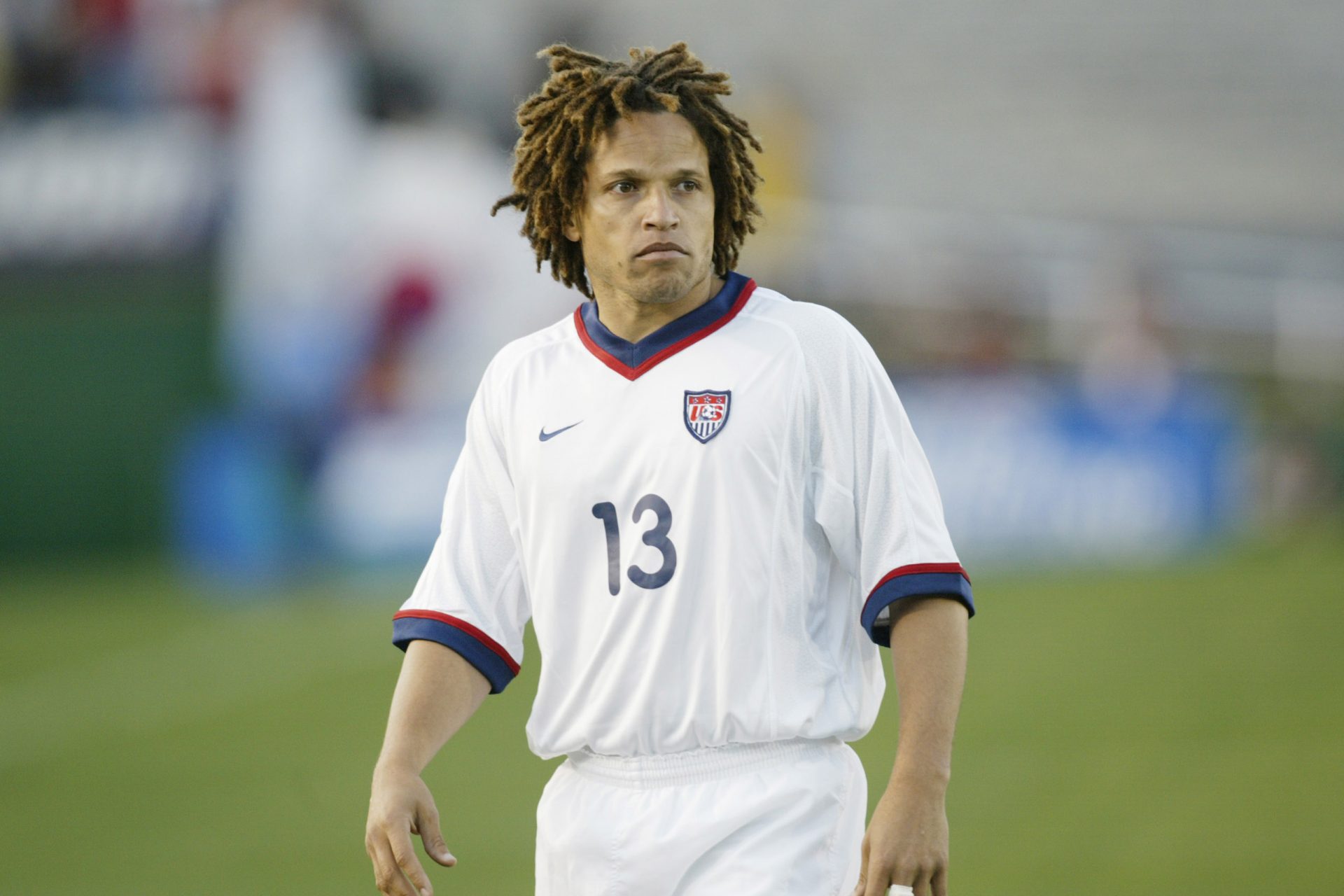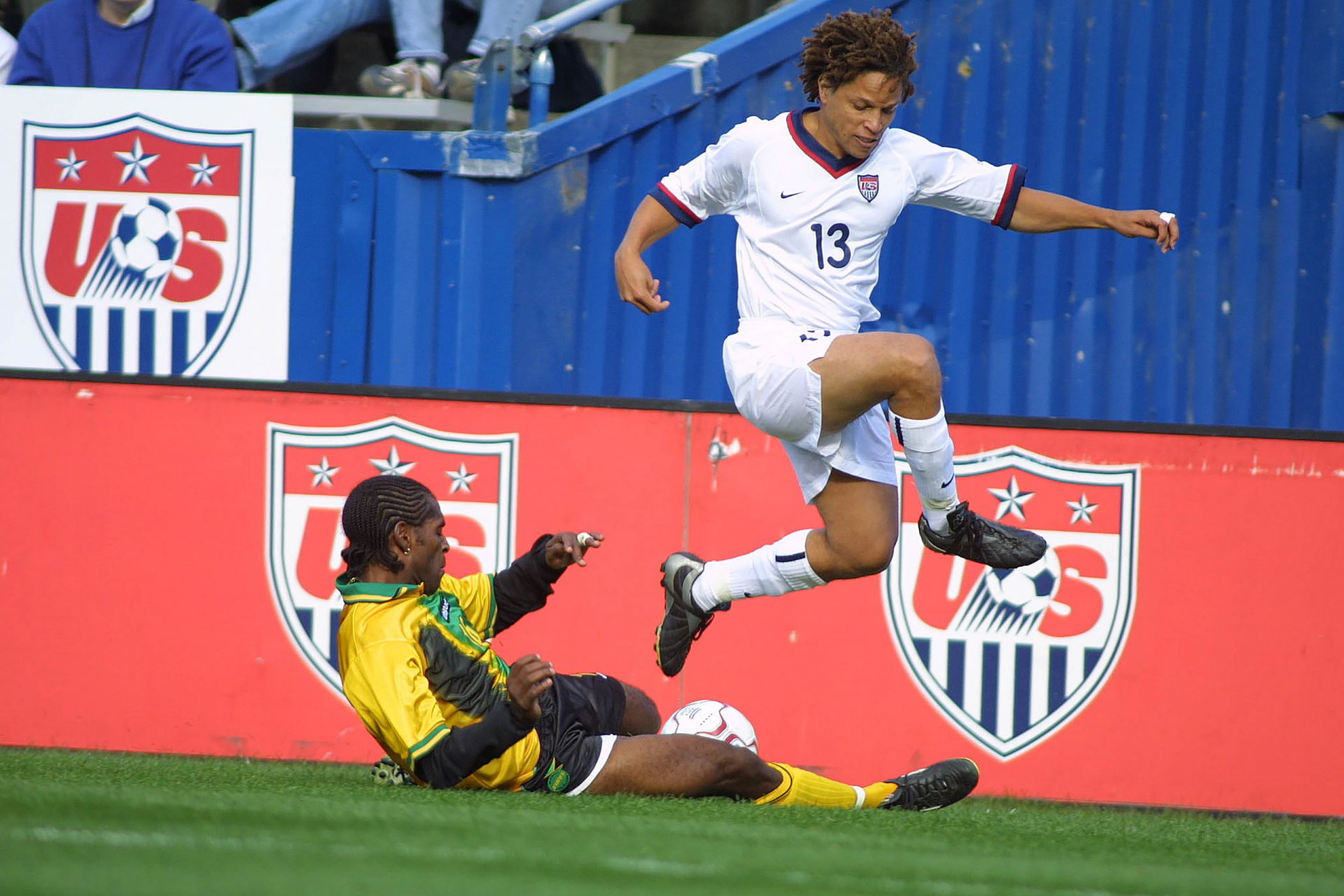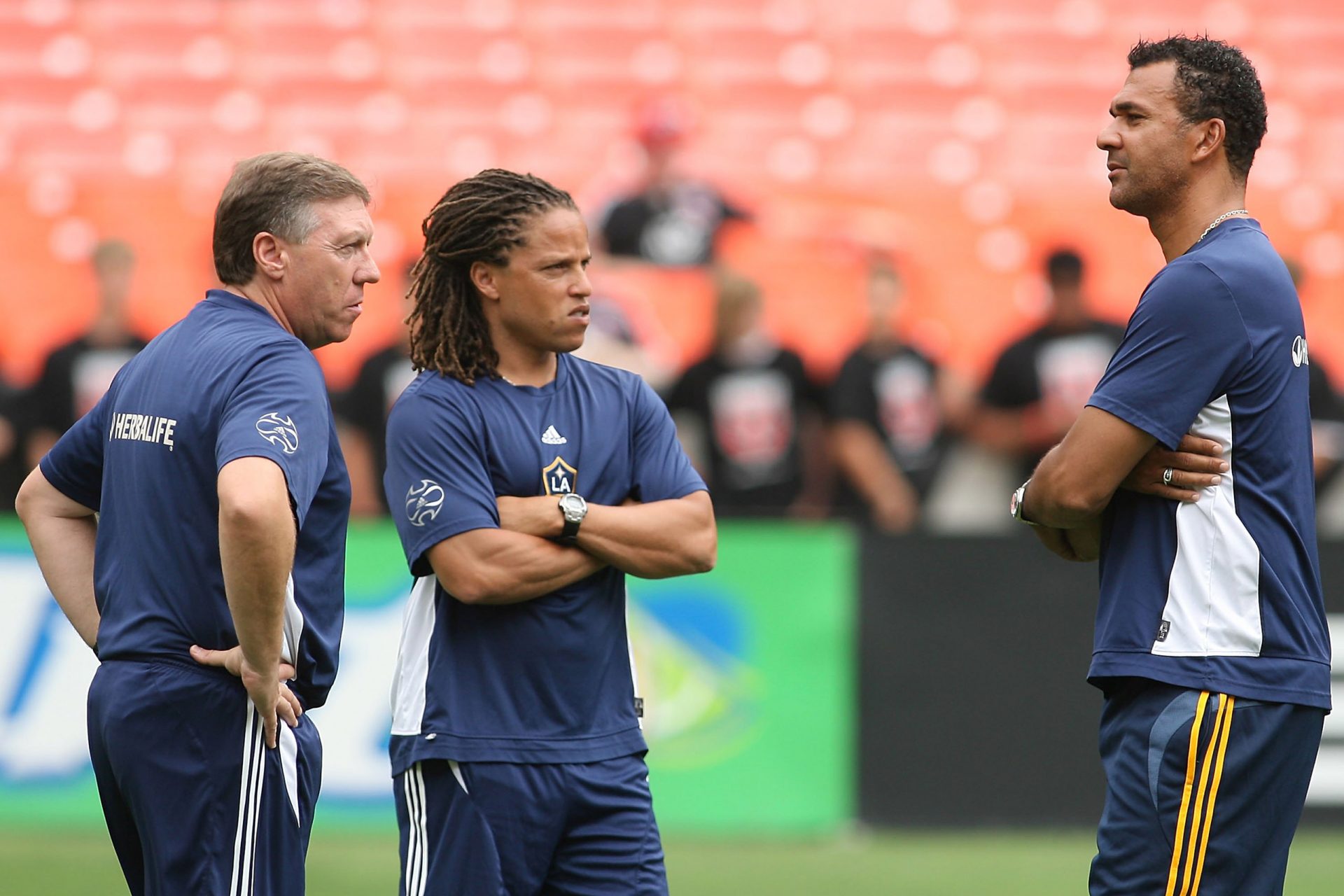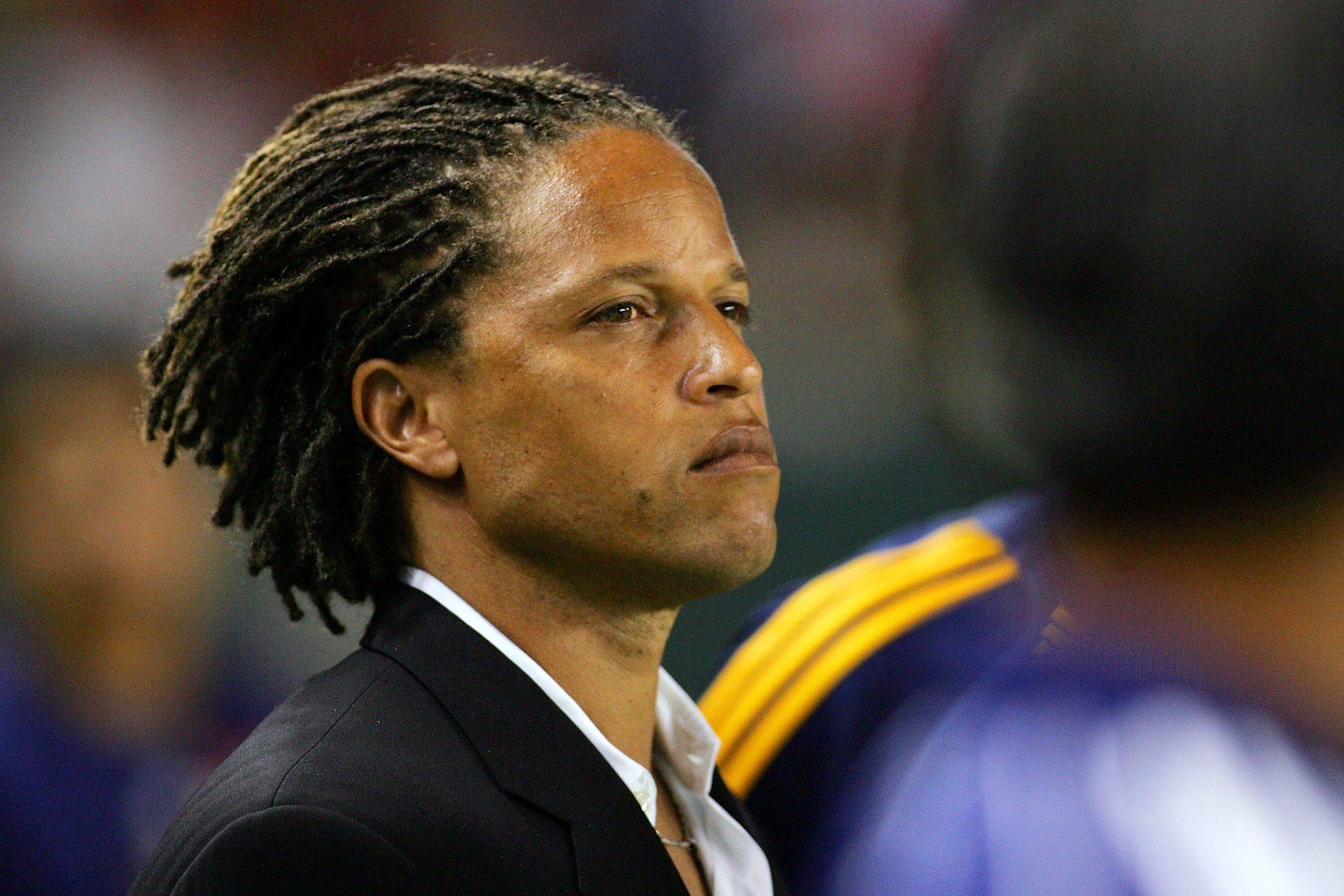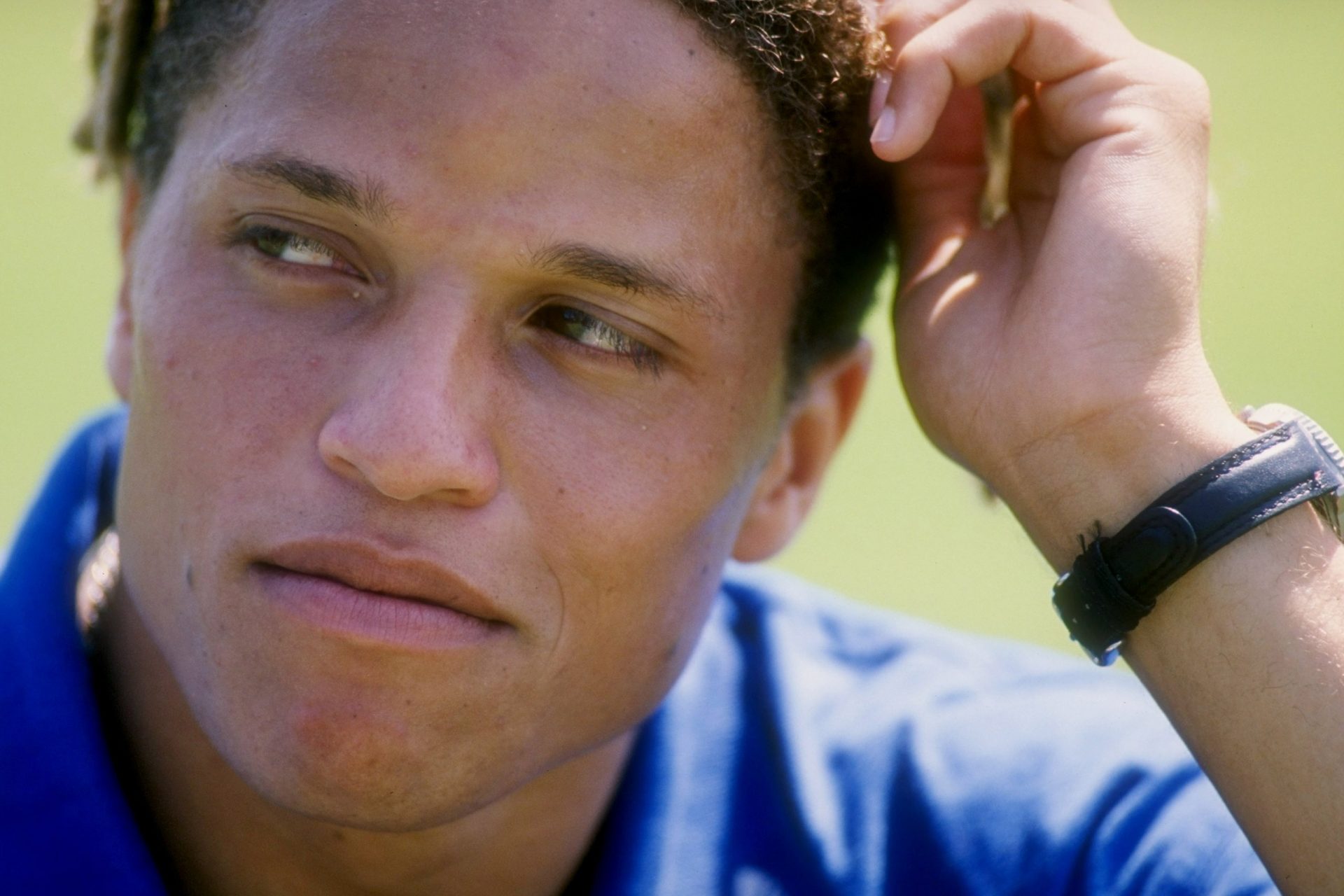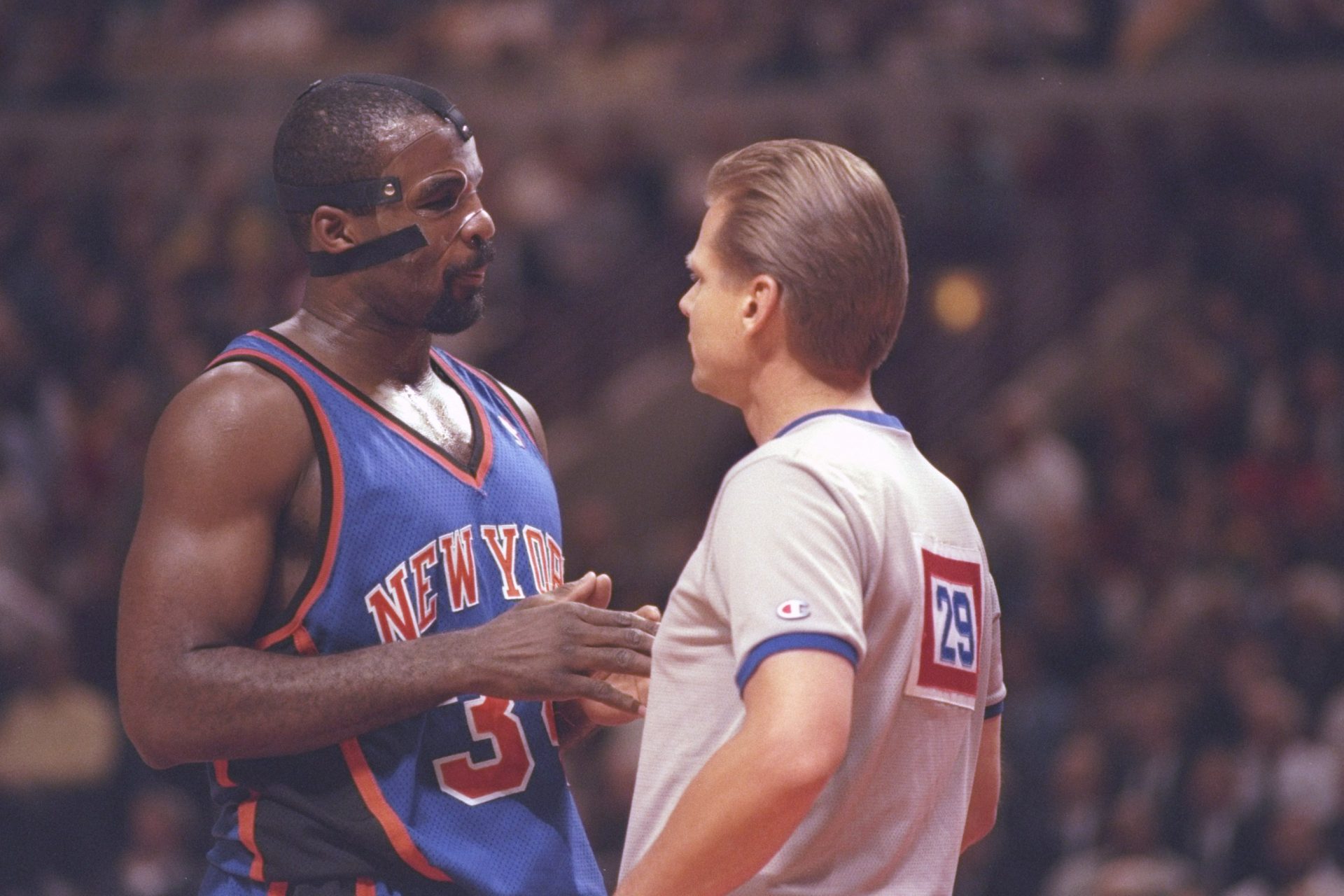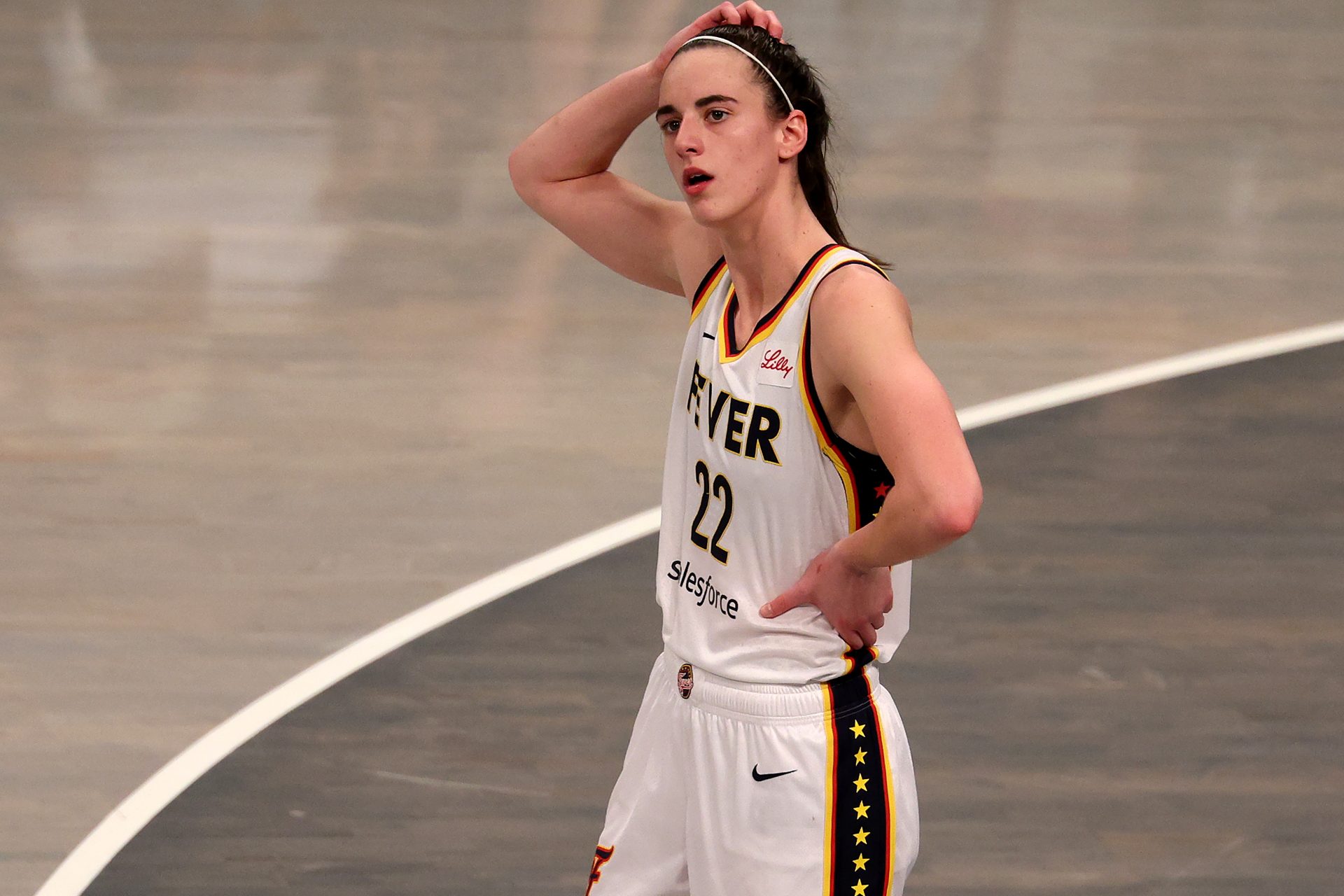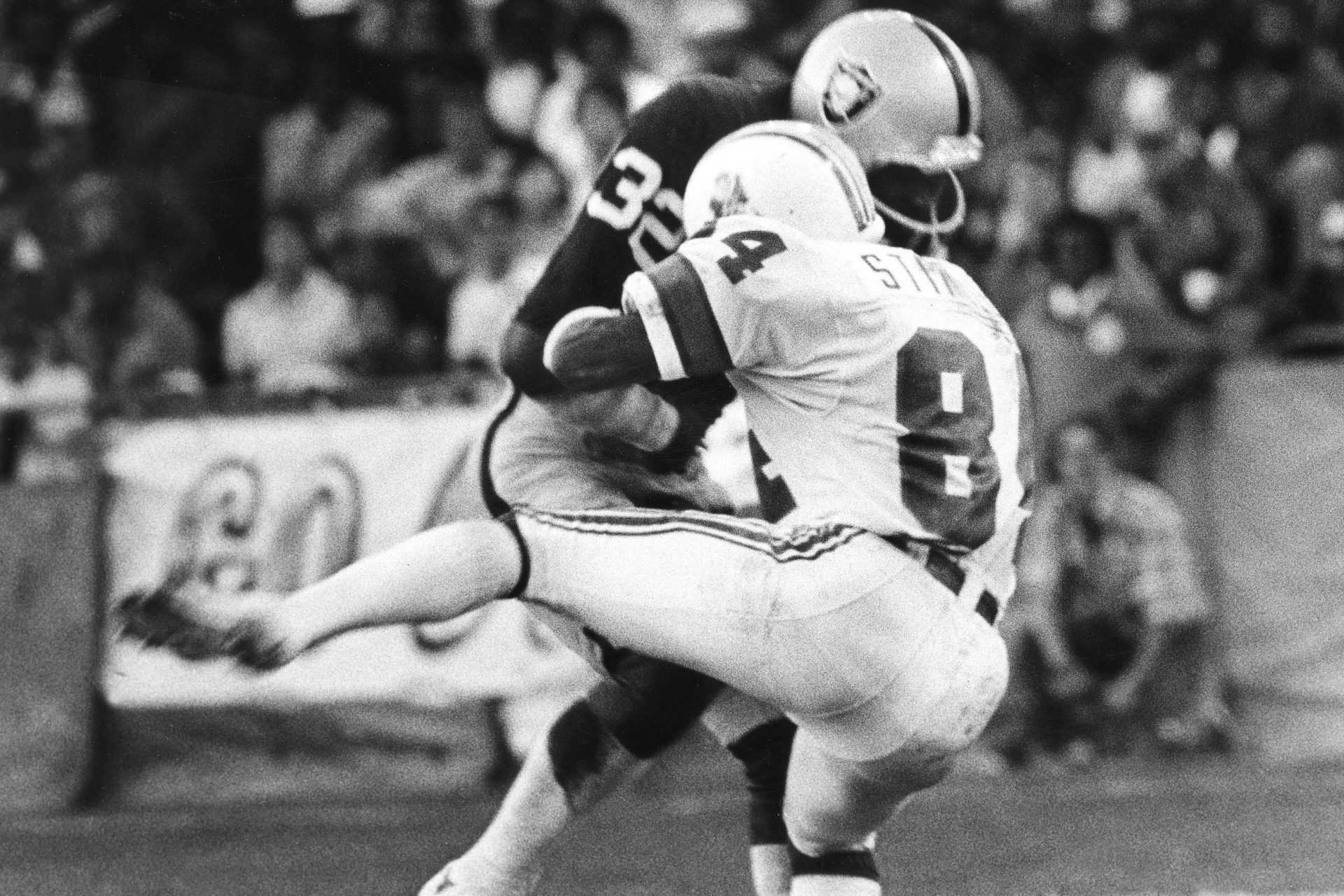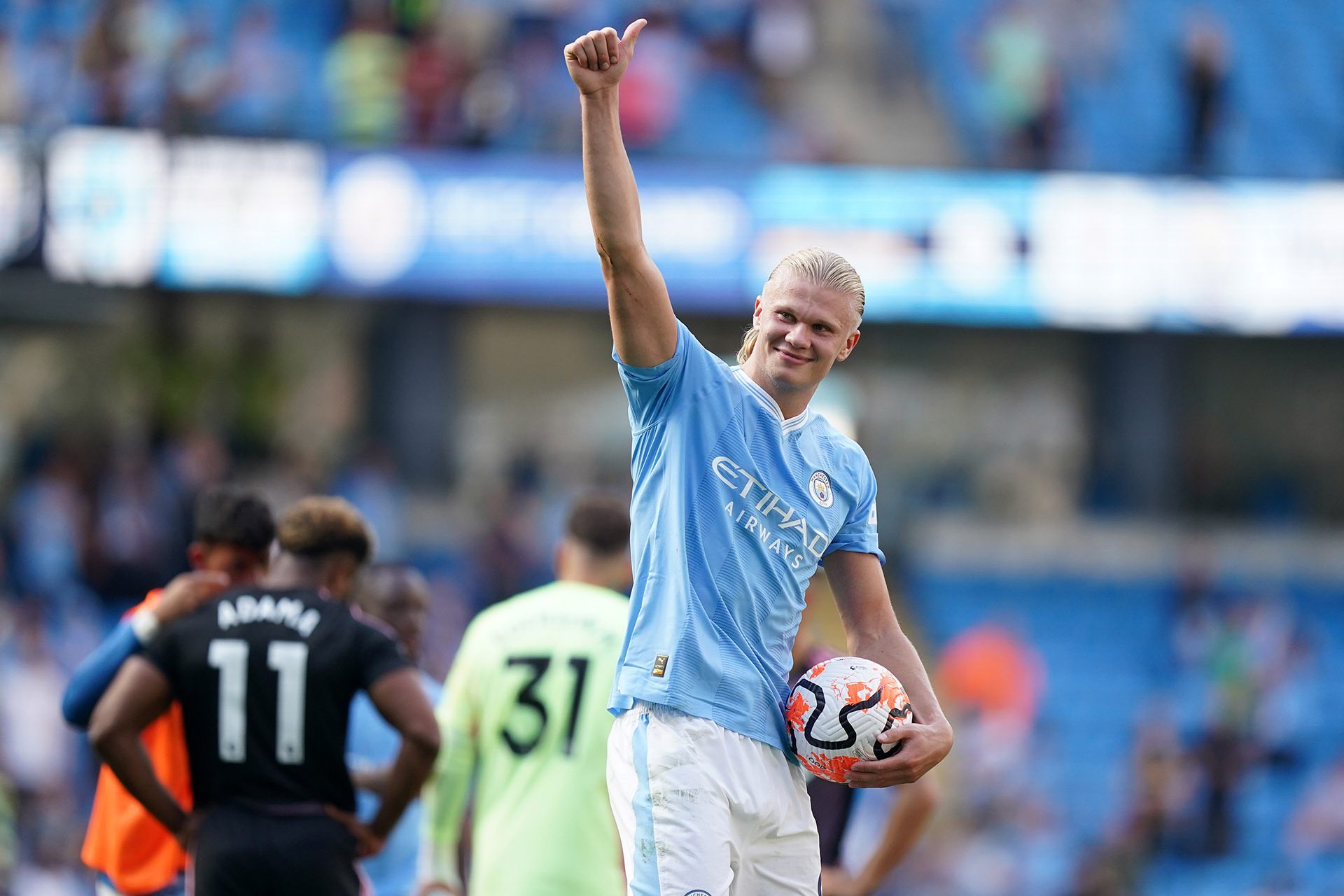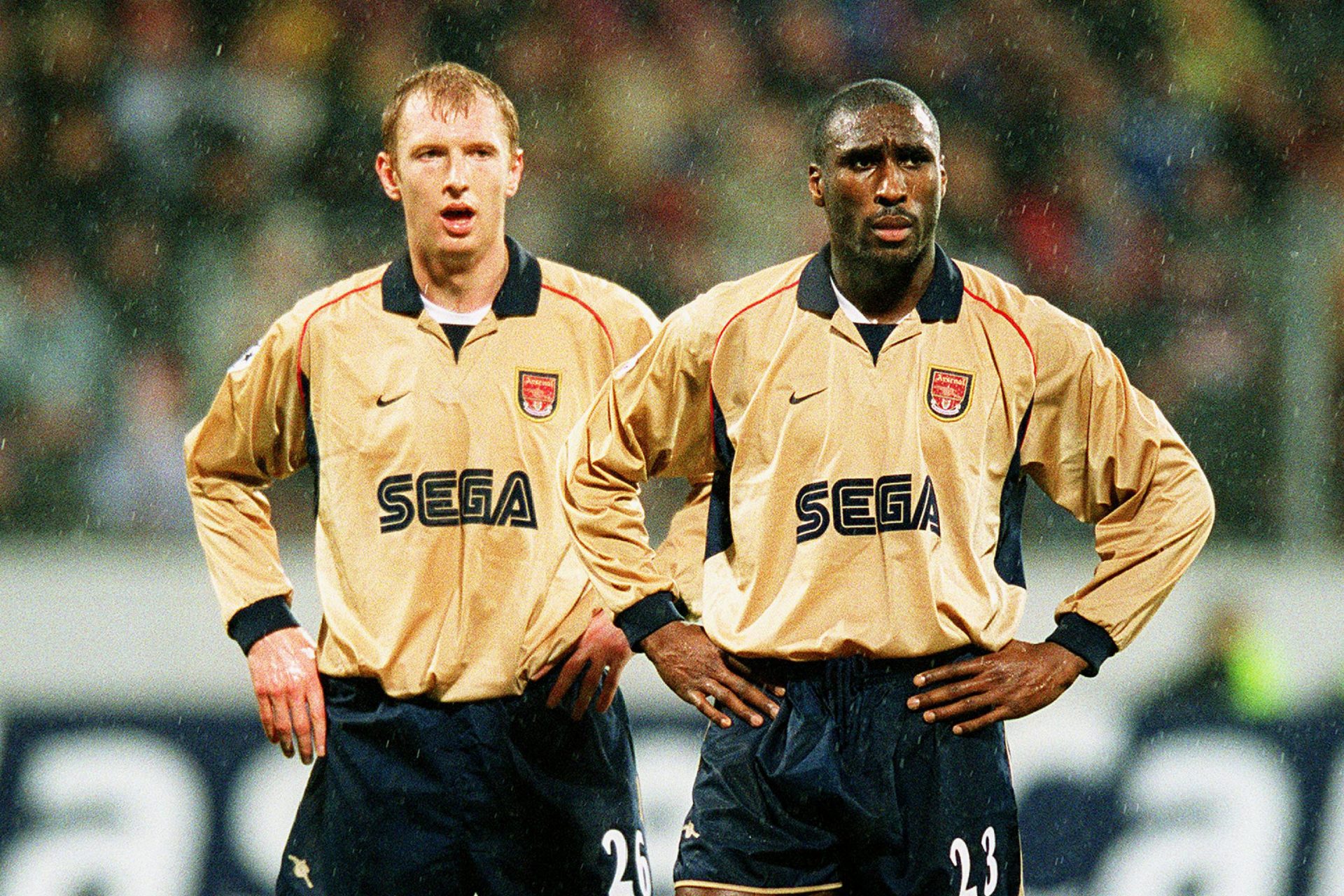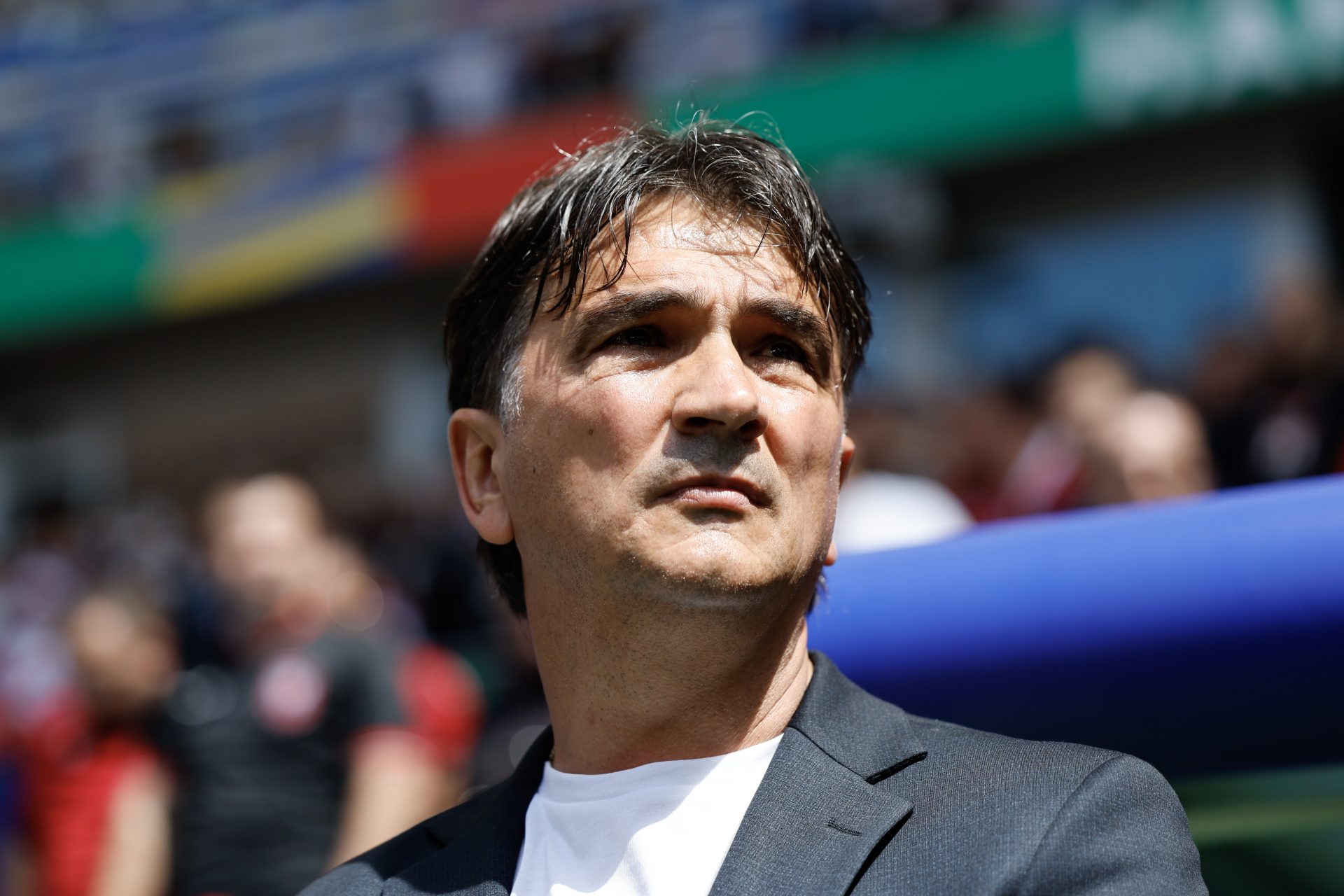What happened to US soccer legend Cobi Jones?
The 1994 World Cup in the United States marked America’s bold introduction to the global football stage, showcasing fresh talent to fans worldwide. Among those who captured attention was Cobi Jones, a trailblazer in U.S. soccer whose impact and legacy have left an indelible mark on the sport.
Jones is remembered for his dynamic play on the field and his signature dreadlocks, a standout look that captivated fans—much like a young Henrik Larsson, the other "rasta" star of that unforgettable tournament.
Yet, Jones was far more than just a memorable look during one World Cup. In the United States, he’s a true legend—the most-capped player in U.S. history and a pivotal figure in launching and solidifying Major League Soccer (MLS).
Want to see more like this? Follow us here for daily sports news, profiles and analysis!
Born on June 16, 1970, in Detroit, Michigan, and raised in Southern California, Jones began making waves as a standout player at UCLA. His impressive college performances earned him a spot on the U.S. national team for the 1992 Barcelona Olympic Games.
However, it wasn’t until the 1994 World Cup on home soil that the Detroit native made his definitive leap to international fame.
In their home World Cup, the United States advanced to the knockout stage as one of the best third-place finishers after a win over Colombia, a draw with Switzerland, and a loss to Romania. Their run ended in the round of 16 with a narrow 1-0 defeat to eventual champions Brazil.
Across those four matches, Jones emerged as one of the United States' standout players, earning him a move to European—and professional—football at age 24 with Coventry City in the English Premier League.
Jones returned to the U.S. to join Major League Soccer (MLS) in its inaugural season, signing with the Los Angeles Galaxy, the team he had always dreamed of playing for. He would spend the next eleven seasons with the Galaxy, becoming a franchise legend and a key player in the league's growth and establishment.
Jones lifted the MLS Cup twice, in 2002 and 2005, and also claimed several other titles, including the Lamar Hunt U.S. Open Cup in 2001 and 2005 and the Supporters' Shield in 1998 and 2002. Additionally, he was part of the Galaxy squad that won the only CONCACAF Champions League title to date, defeating Honduras' Olimpia in 2000.
In 2005, Jones became the last MLS player to remain with his original team since the league's inception in 1996. He extended his career with the Los Angeles Galaxy until 2007, when he announced his retirement, coinciding with David Beckham’s highly publicized arrival at the club.
After playing 306 games and scoring 70 goals, Jones concluded his MLS career with the Galaxy on October 21, 2007. The club honored his legacy by permanently retiring his number 13 jersey, solidifying his status as an eternal figure in franchise history.
At the international level, Jones not only competed in the 1992 Barcelona Olympics and the 1994 World Cup but also represented the U.S. in two additional World Cups – France in 1998 and South Korea/Japan in 2002. He participated in the 1995 Copa América in Uruguay and was part of two Gold Cup squads in 2000 and 2002, winning the tournament in 2002 against Costa Rica.
All of this has made him the most-capped player in U.S. national team history, with a total of 164 appearances, during which he scored 15 goals, as reported by ESPN.
After hanging up his boots, Jones remained connected to the world of soccer. He started his coaching career as an assistant to Dutchman Ruud Gullit at the Los Angeles Galaxy before taking on the role of interim coach until Bruce Arena was appointed.
On September 12, 2009, Jones married Kim Reese, a music consultant and former executive at New Line Cinema, at the Four Seasons Resort Aviara in Carlsbad, California. The couple has two children, Cayden and Cai.
Want to see more like this? Follow us here for daily sports news, profiles and analysis!
More for you
Top Stories




